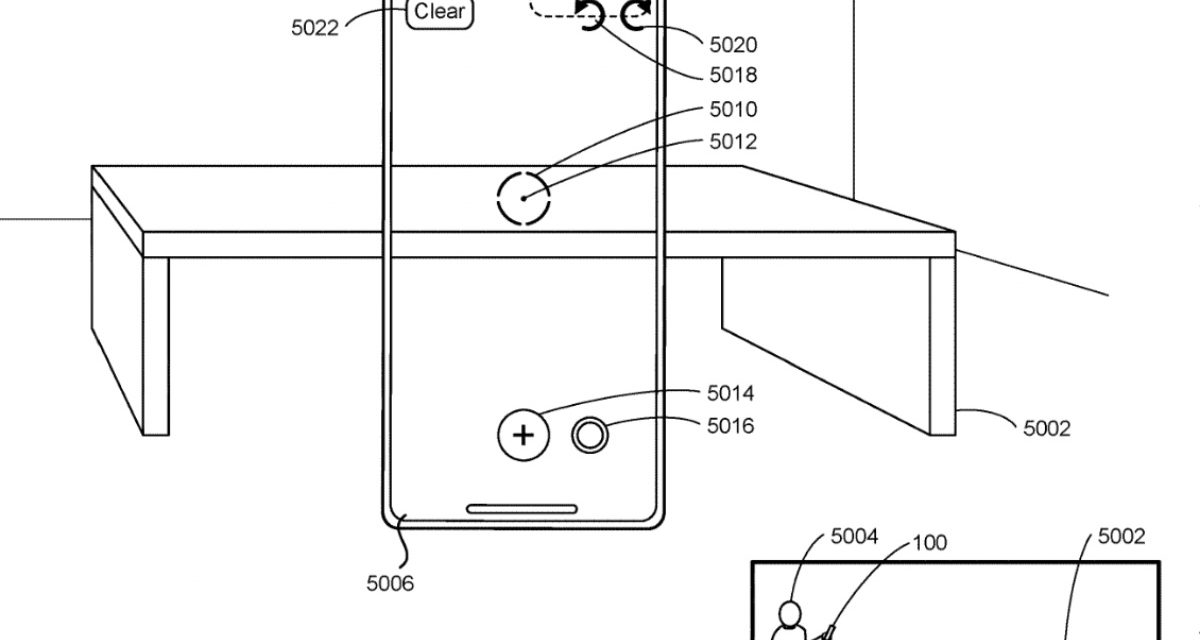Apple has been granted a patent (number US 11808562 B2) that would allow an iPhone to be able to take measurements in an augmented reality (AR) environment.
About the patent
The patent involves electronic devices (an iPhone) for measuring physical spaces and/or objects using virtual/augmented reality environments. In the patent, Apple says that AR environments are useful for making measurements of physical spaces and objects therein, by providing a view of the physical space and enabling a user to superimpose measurements on the physical space and objects therein. However, the tech giant says that conventional methods of measuring using augmented reality are cumbersome, inefficient, and limited. In some cases, conventional methods of measuring using augmented reality are limited in functionality.
In other cases, conventional methods of measuring using augmented reality require multiple separate inputs (e.g., a sequence of gestures and button presses, etc.) to achieve an intended outcome (e.g., through activation of numerous displayed user interface elements to access different measurement functions). What’s more, conventional methods take longer than necessary, thereby wasting energy. This latter consideration is particularly important in battery-operated devices.
For these reasons, Apple says there’s a need for improved methods and interfaces for measuring using virtual/augmented reality environments. Such methods and interfaces optionally complement or replace conventional methods for measuring using virtual/augmented reality environments. Apple says that such methods and interfaces reduce the number, extent, and/or nature of the inputs from a user and produce a more efficient human-machine interface. For battery-operated devices, such methods and interfaces conserve power and increase the time between battery charges.
Summary of the patent
Here’s Apple’s abstract of the patent: “An electronic device displays a representation of a field of view of a camera that includes a view of a three-dimensional space. The representation of the field of view is updated over time based on changes to current visual data detected by at least one of the one or more cameras. Movement of the electronic device moves the field of view of the camera in a first direction.
“While detecting the movement, the electronic device: updates the representation of the field of view in accordance with the movement; identifies one or more elements in the representation of the field of view that extend along the first direction; and, based at least in part on the determination of the one or more elements, displays, in the representation of the field of view, a guide that extends in the first direction and that corresponds to one of the identified elements.”
Article provided with permission from AppleWorld.Today





